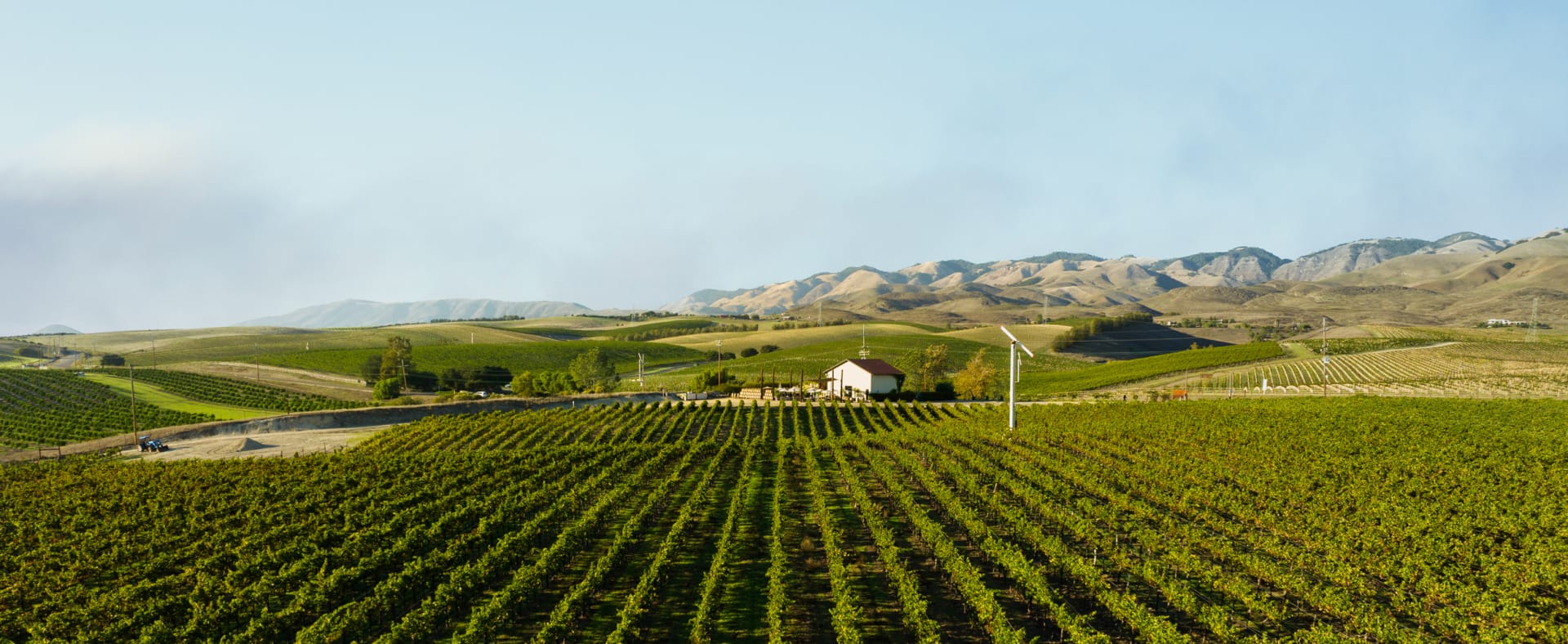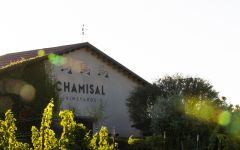Chamisal Vineyards Estate Pinot Noir 2014
-
Wine
Enthusiast



Product Details
Your Rating
Somm Note
Winemaker Notes
Intense and opulent notes of black cherry and spiced red plum mingle with hints of anise spice, fresh lavender and rosewater, showcasing the distinctive Chamisal spice. The pallet is rich and luscious with suggestions of plum tart, raspberry preserves and macerated blackberry, backed by fine and focused tannins that bring balance and length to the finish.
Professional Ratings
-
Wine Enthusiast
The nose on this bottling by Fintan du Fresne is relatively light and delicate, showing crushed gravel, smoked meat and a touch of thyme. The flavors are also more delicate than robust, with plum fruit laid across a slate-driven minerality, making it versatile for many different dishes and settings.
Other Vintages
2018-
Wine
Enthusiast
-
Wine
Enthusiast -
Robert
Parker
-
Wine
Enthusiast
-
Wine
Enthusiast -
Robert
Parker
-
Wine
Enthusiast
-
Robert
Parker
-
Wine &
Spirits








Pioneers in winemaking on the Central Coast, Chamisal Vineyards was the first to plant vineyards in the Edna Valley in 1973. Chamisal is nestled five miles inland from the Pacific Ocean on the rugged California Coast. With the cooling Pacific Ocean nearby, the long temperate growing season extends the amount of time grapes stay on the vine to develop their flavors. This extended hang time paired with the calcareous, clay-rich soil of the property produces fruit with exceptional intensity and complex flavors, often showing a distinctive character that some fondly call "Chamisal Spice."
Chamisal Vineyards has a site-driven approach to winemaking, crafting each wine as an expression of the unique terroir of the vineyards from which it is sourced. When applied to Chardonnay, this approach produces a range of versatile and distinctive wines that range from full-bodied and supple with generous oak influence to lean, elegant and mineral-driven.
In 2010, Chamisal Vineyards became the second winery ever to become SIP (Sustainability in Practice) certified. This program, separate from vineyard certification, requires that winemaking operations also be sustainable and respectful of the environment. They tightly monitor and control the winery’s energy and water use by using solar panels to produce 25 percent of the electrical power needed and implemented a water-recapture system that reclaims 100 percent of Chamisal winery process water for irrigation needs. Chamisal Vineyards has always thrived to protect the environment and their communities. It has become clear to us that the emission of Green House Gases (GHG) not only is the biggest environmental threat, but also that the majority of environmental advances are tied to their ability to emit less GHG. They have embarked on a fundamental transformation of how they grow grapes and make wines and have joined international organizations such as the Porto Protocol and the International Wineries for Climate Action (IWCA). They have committed to reduce their GHG emissions by 50% by 2030 and 100% by 2050.

Thin-skinned, finicky and temperamental, Pinot Noir is also one of the most rewarding grapes to grow and remains a labor of love for some of the greatest vignerons in Burgundy. Fairly adaptable but highly reflective of the environment in which it is grown, Pinot Noir prefers a cool climate and requires low yields to achieve high quality. Outside of France, outstanding examples come from in Oregon, California and throughout specific locations in wine-producing world. Somm Secret—André Tchelistcheff, California’s most influential post-Prohibition winemaker decidedly stayed away from the grape, claiming “God made Cabernet. The Devil made Pinot Noir.”

California’s coolest wine growing area, Edna Valley excels in the production of high quality Central Coast wines like Pinot noir, Chardonnay, Rhône Blends and aromatic white wines. It has a cool Mediterranean climate and an incredibly long growing season, giving late-ripening varieties plenty of opportunity to develop great phenolic complexity.
Its northwest to southeast orientation creates a direct path for cool Pacific air and fog to penetrate the valley from the Los Osos and Morro Bay area inwards. Low hillsides of both calcareous and volcanic soils are home to much of the vineyard acreage of the Edna Valley.
